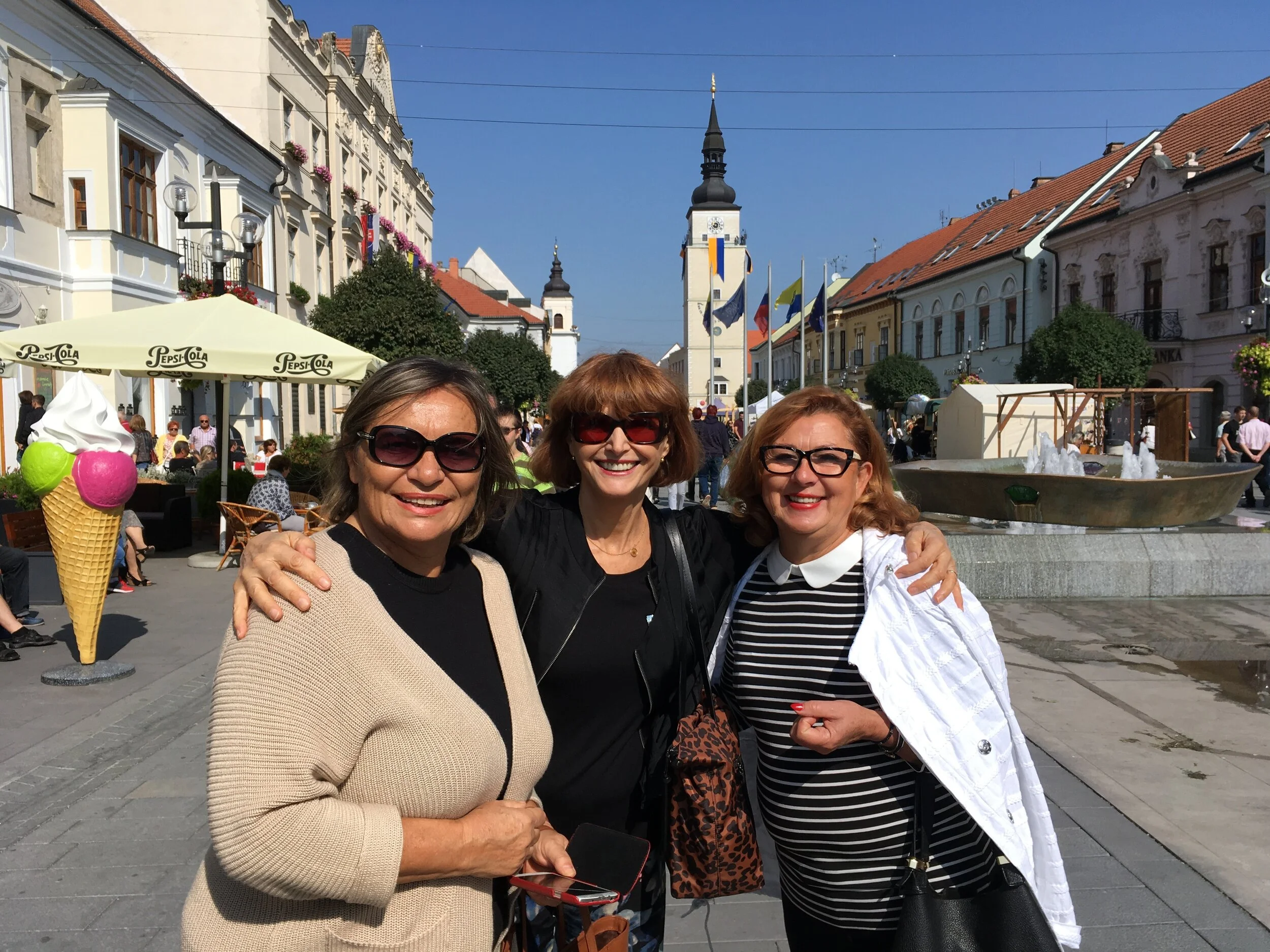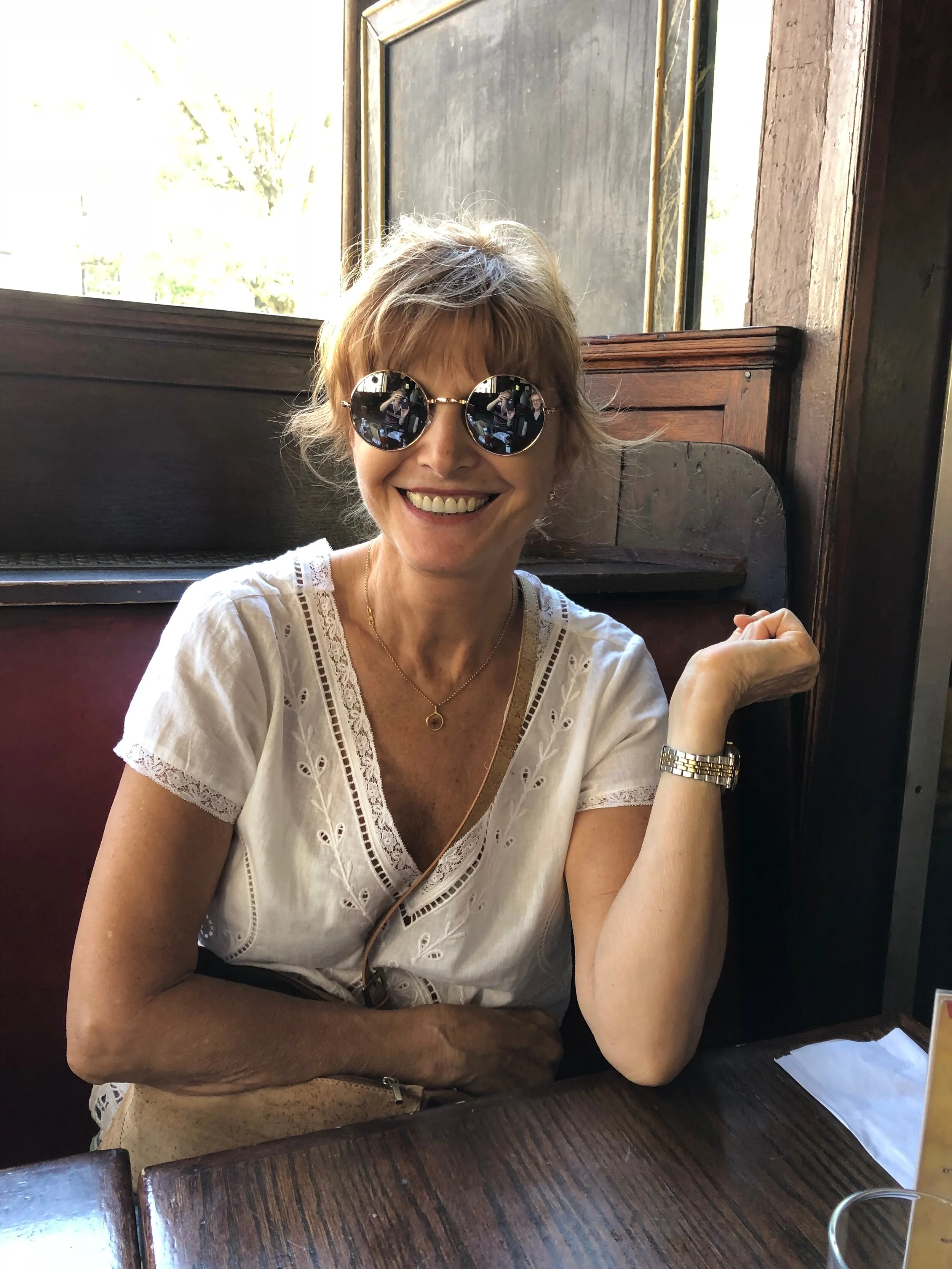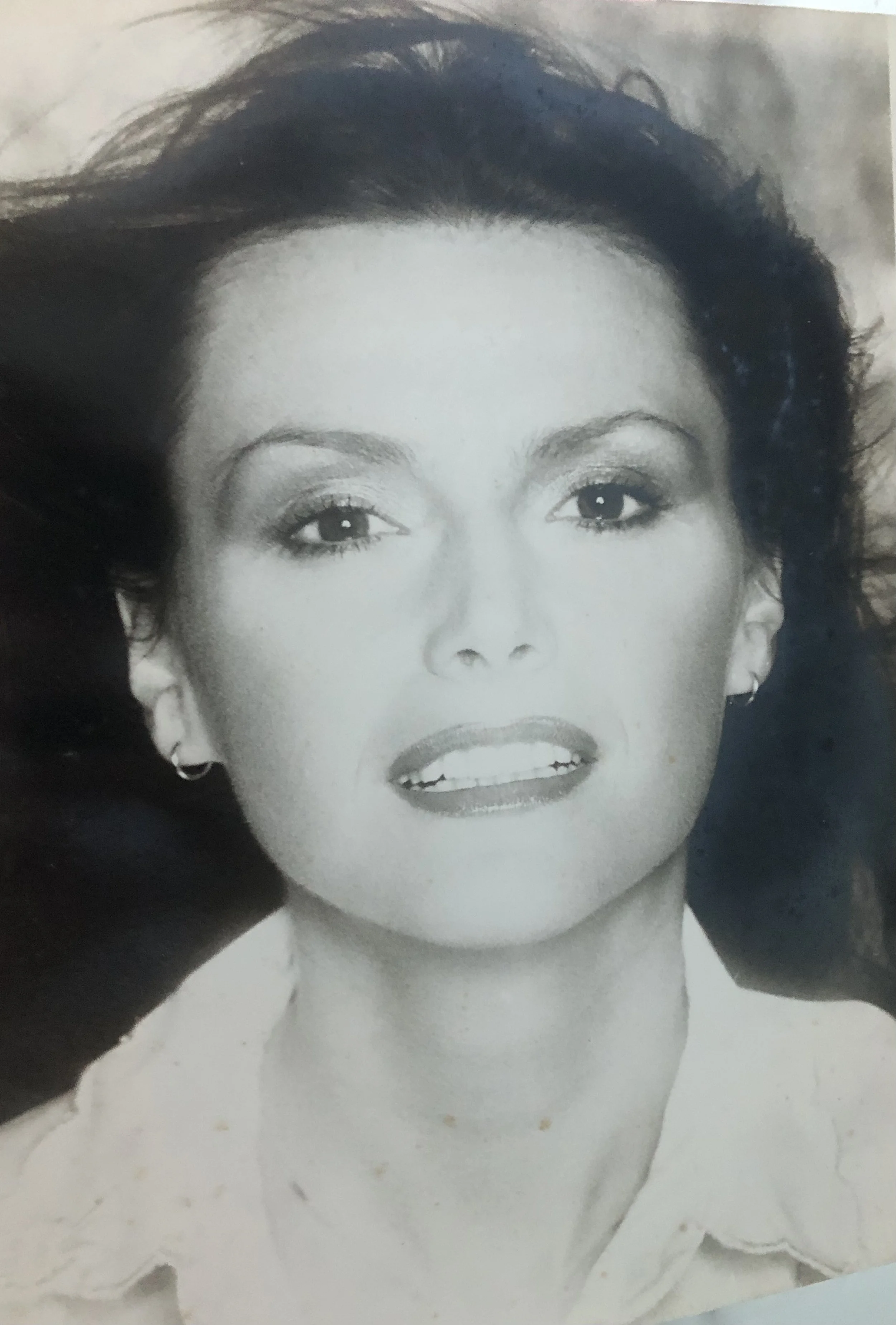Biography
Slovakia
I was born in what was then Communist Czechoslovakia. Although I write in English, I am proud of my Slovak heritage.
My birthplace is Trnava, a historic town, the beginning of which goes back to the 8th century. The privilege of building a church, and thus recognized as a town was given to Trnava in the 11th century, making it the oldest town in Slovakia. The remains of the wall built at the turn of the 13th century still surround the town. In the 16th century, Archbishop Poznany founded Jesuit University in Trnava and the town became a center for clergy and royalty. Trnava is the seat of a Roman Catholic archbishop (1540 -1820) and again since 1977. The town of 40 000 occupants has 11 churches and two monasteries and is known as Little Rome or Slovak Rome.
Ludovit Stur
For a thousand years, the small nation had been ruled by the powerful Hungarian empire. The Habsburgs were particularly brutal in denying the Slovaks their own language. During the Slovak National Awakening, the Catholic priest Antonin Bernolak codified the first Slovak written language using as a base the dialect spoken in and around Trnava. But it was not until the nineteenth century that Ludovit Stur, poet, scholar, politician, and linguist established the modern Slovak language in 1856. The rich Slovak literature and poetry sprang up very quickly after.
The main street still showcases the houses decorated according to the latest fashion of their day, reminding the present inhabitants (and me) of the town’s rich history.
In the twentieth century, Slovakia (then part of federated Czechoslovakia) was subject to two occupations, first, after being betrayed by their allies, Britain, France, and Italy in Munich on September 30th, 1938 by a brutal Nazi domination in World War II and then afterward that of the Soviet Union during the Cold War.
My family moved from Trnava to Piestany, a nearby spa town, where I attended high school and began writing. I had my first essays published then in Slovak.
Piestany the spa town
Water played an important role in the town of Piestany going back to the beginning of AD. Several hot springs located between two branches of river Vah with temperatures between 153 -156 F originate some 6000 feet under the river, creating sulfate – carbonate water. The injured Roman soldiers during Emperor Marcus Aurelius Antoninus’s reign would take comfort in the warmth of the water and find that the water would heal their wounds. The hot springs continued attracting patients who would feel better after using the mud and the rotten egg smelling water.
London
I went to England (first to Ipswich) as an au pair; what was meant to be a short-term learning experience turned me into a refugee when the Soviet Union invaded Czechoslovakia in August 1968. So I began my journey from emigrant to immigrant.
Eventually moving to London, I received a crash course in life. But with perseverance and a bit of luck, I survived and eventually thrived.
Europe—Asia—USA
From London, I went to live in Hong Kong, Monte Carlo, and finally to the U.S.
My daughter’s swim schedule put demands on my time, which, as an ex-swimmer myself, I accepted with great enthusiasm. I dedicated myself to fundraising as a volunteer. Among the many organizations, I raised money for were The Valerie Fund, Jersey Battered Woman, Philharmonic Orchestra of NJ, and Preston Robert Tisch Brain Tumor Center at Duke University, establishing the Dr. Spicehandler professorship.
I wrote many articles for newspapers about our efforts to fight cancer and it reminded me that, in high school, I had had the ambition to be a writer.
Later, a brief stint working as an editor for a magazine gave me the confidence to dedicate my time fully to writing.
The rich history of the Slovak people—their stories and music, their suffering, endurance, and spirit—is a source of inspiration in my work.
Explore:













